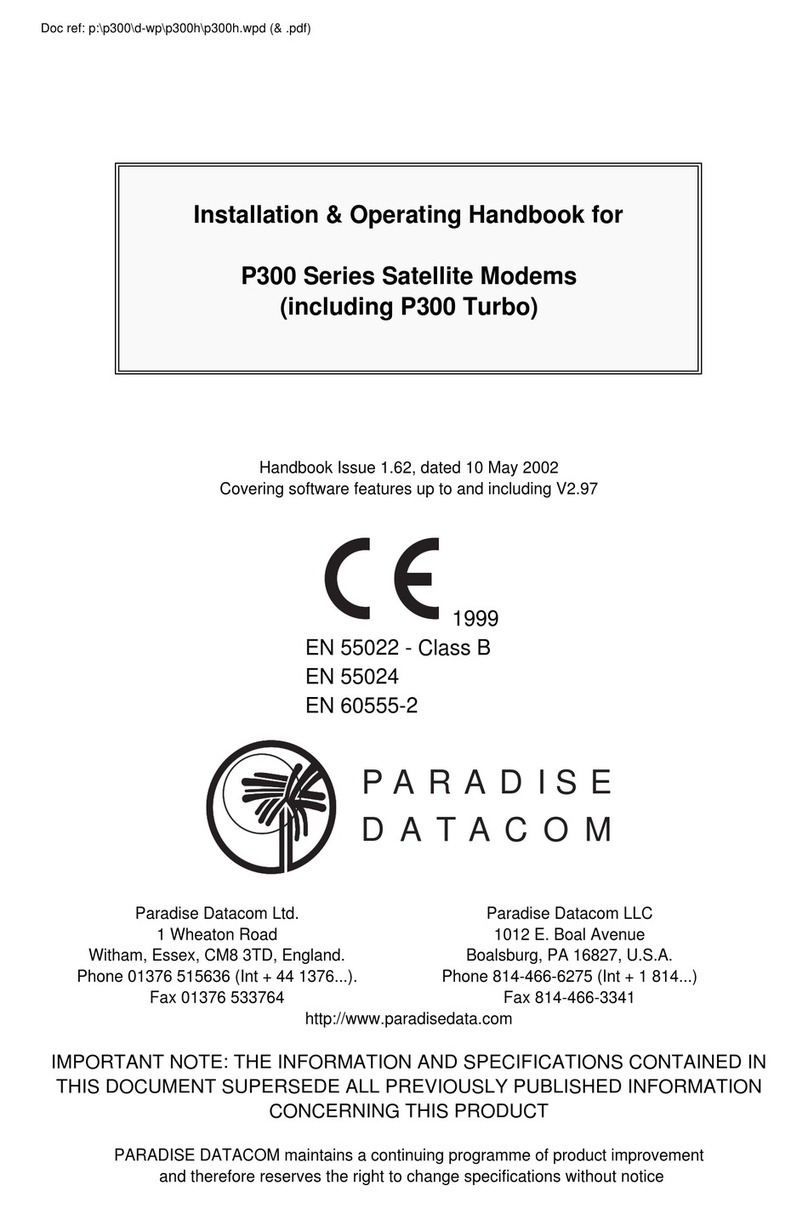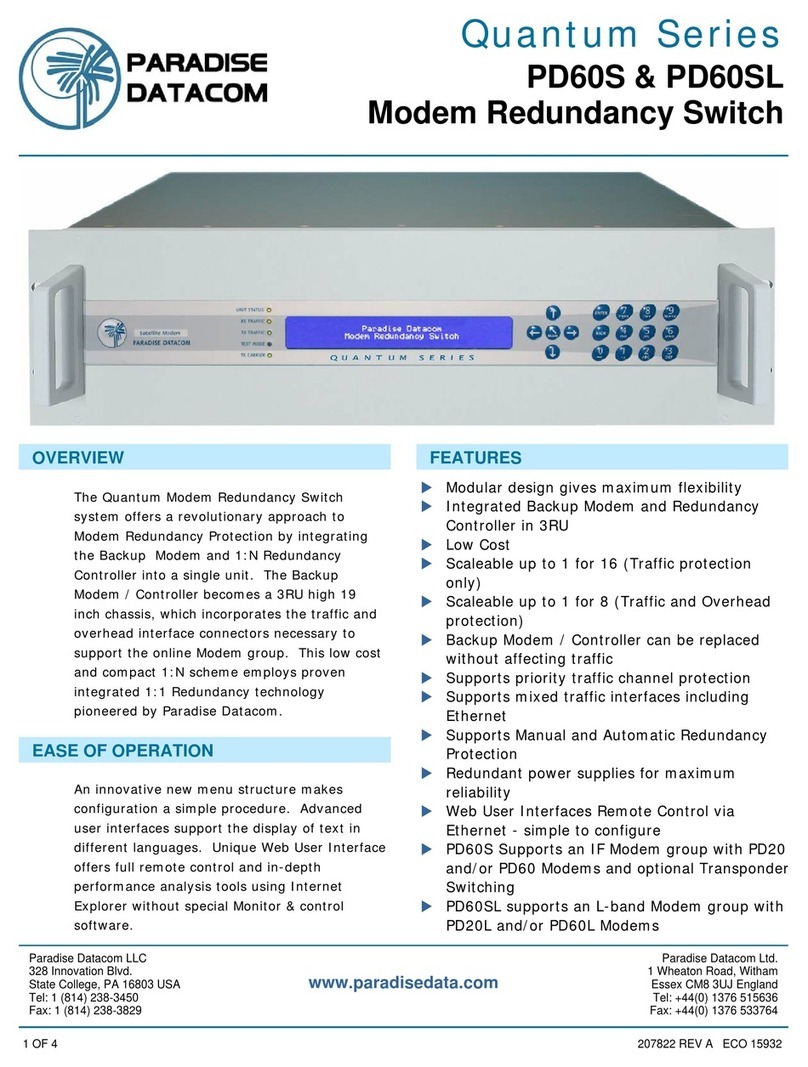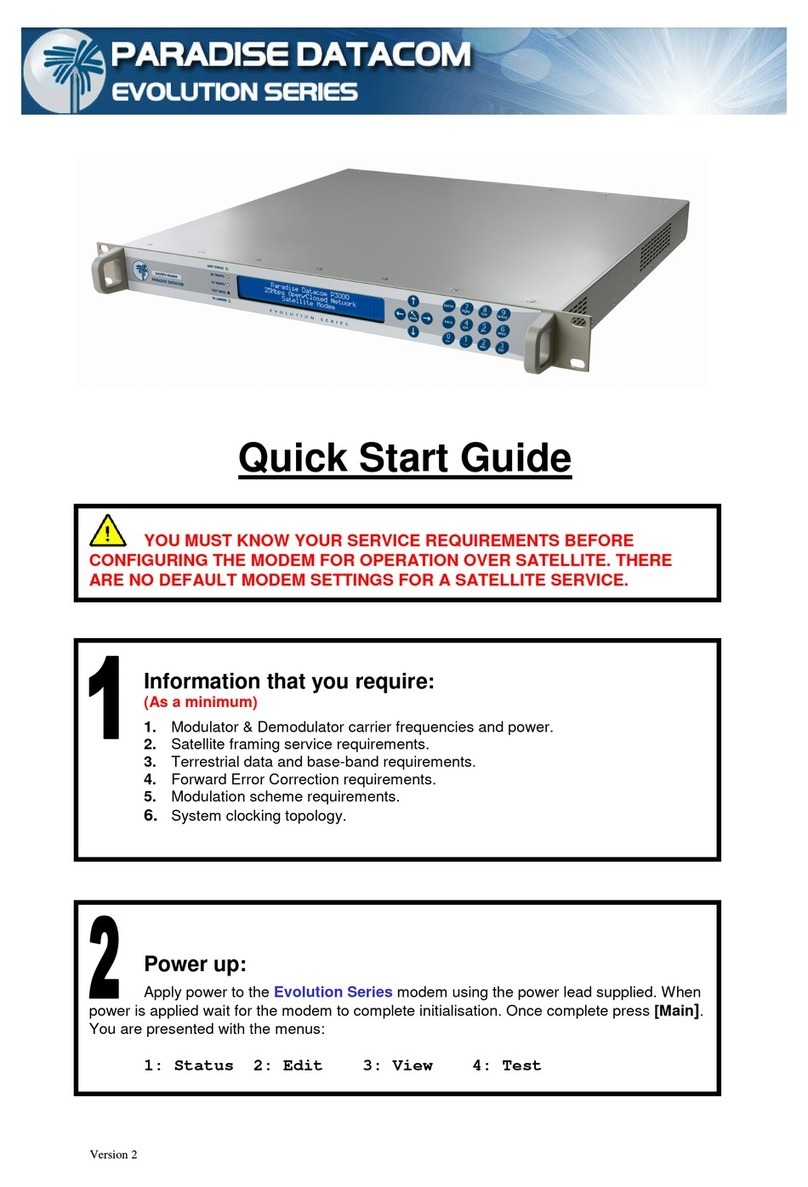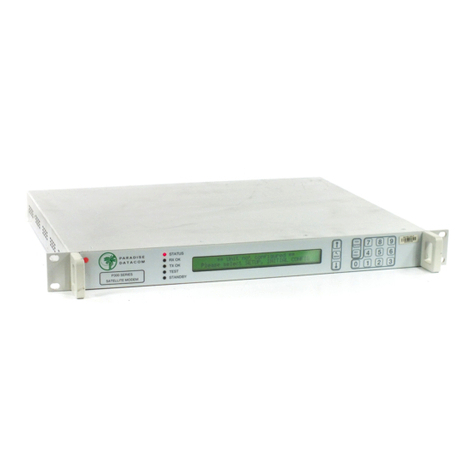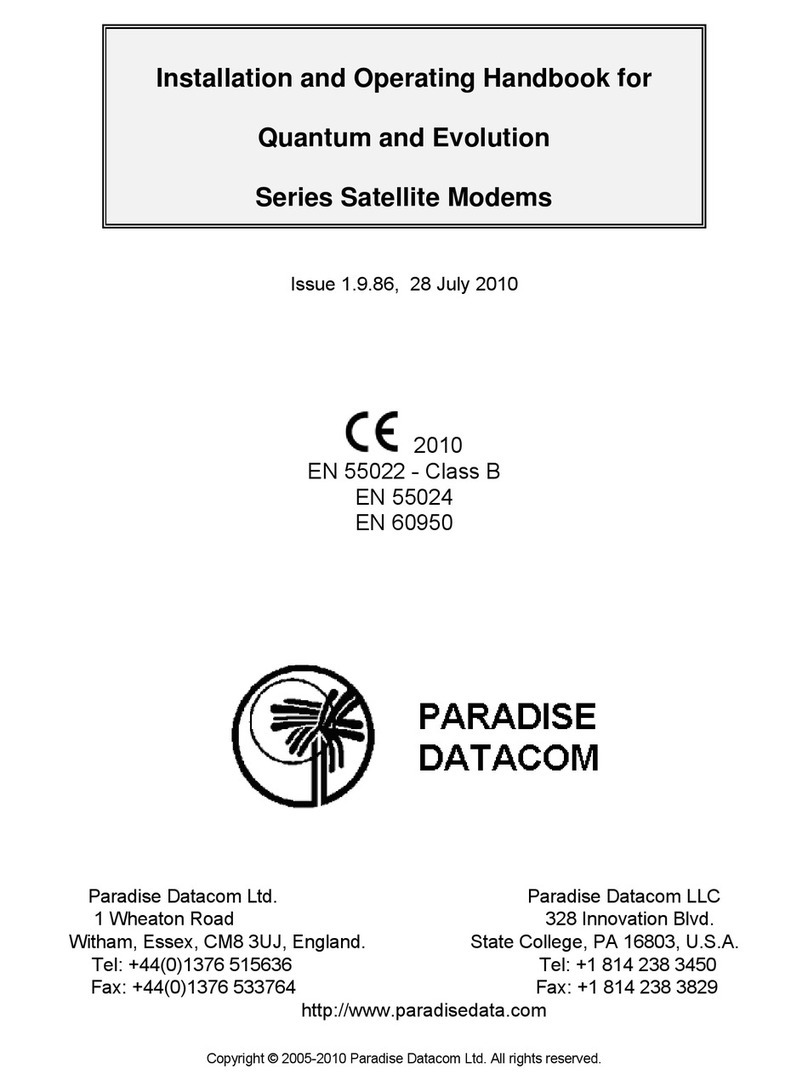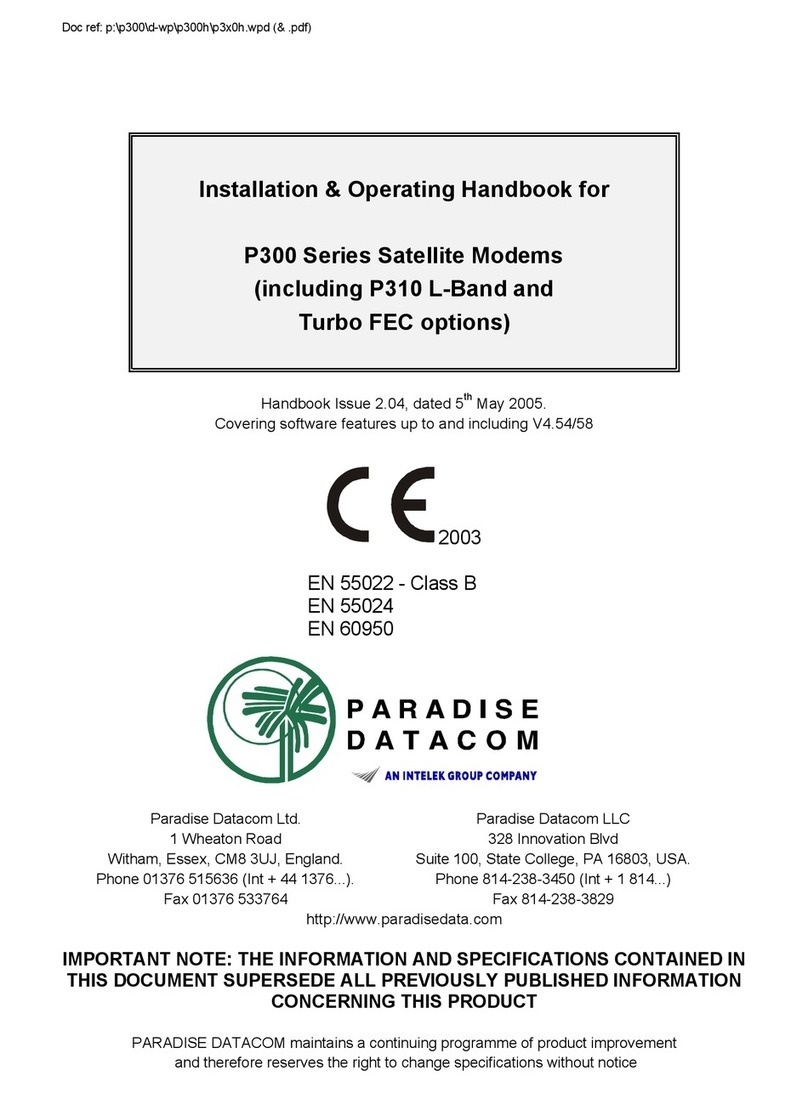7.3.1
Main Menu.......................................................................................................7-6
7.3.2
Status Menu ....................................................................................................7-7
7.3.3
Edit Menu ......................................................................................................7-12
7.3.4
View Menu.....................................................................................................7-74
7.3.5
Test Menu .....................................................................................................7-75
7.4
Web User Interface...............................................................................................7-80
7.4.1
Logging In and Out .......................................................................................7-80
7.4.2
Graphing Features ........................................................................................7-83
7.4.3
Configuration Memories ................................................................................7-87
7.4.4
Interface Configurations ................................................................................7-89
7.4.5
System Log ...................................................................................................7-90
7.4.6
System Alarms ..............................................................................................7-91
7.4.7
On-line Installation and Operation Handbook ..............................................7-92
7.4.8
SAF Screen...................................................................................................7-92
7.4.9
SNMP Configuration .....................................................................................7-93
7.4.10
Remote Softw are Upgrade ...........................................................................7-94
7.4.11
BER Tester....................................................................................................7-96
7.4.12
Modem Email Function .................................................................................7-98
7.4.13
IP Static Routes ..........................................................................................7-101
7.4.14
Header Compression ..................................................................................7-102
Chapter 8
Modem Concepts......................................................................................8-1
8.1
Clocking...................................................................................................................8-1
8.1.1
Transmit Clocking ...........................................................................................8-1
8.1.2
Receive Clocking ............................................................................................8-1
8.2
1-for-1 Operation.....................................................................................................8-3
8.2.1
Basic Theory ...................................................................................................8-3
8.2.2
Sw itching Philosophy ......................................................................................8-4
8.2.3
Detected Failures ............................................................................................8-4
8.2.4
Manual Sw itchover..........................................................................................8-4
8.2.5
1-for-1 Setup Procedure .................................................................................8-4
8.3
Softw are Activated Features...................................................................................8-5
8.4
Softw are Upgrading ................................................................................................8-5
8.5
Tutorial On Carrier/Noise and Eb/No Measurements ............................................8-6
8.6
Ethernet Bridge .....................................................................................................8-11
8.7
Paired Carrier........................................................................................................8-12
Chapter 9
Rem ote Control Protocol.........................................................................9-1
Chapter 10
Data Interfaces ........................................................................................10-1
Chapter 11
Connector Pinouts..................................................................................11-1
Chapter 12
Fault Messages .......................................................................................12-1
12.1
Transmit Faults .....................................................................................................12-2
12.2
Transmit Warnings ................................................................................................12-2
12.3
Receive Faults ......................................................................................................12-4
12.4
Receive Warnings .................................................................................................12-4
12.5
Unit Faults .............................................................................................................12-5
12.6
Unit Warnings........................................................................................................12-6
